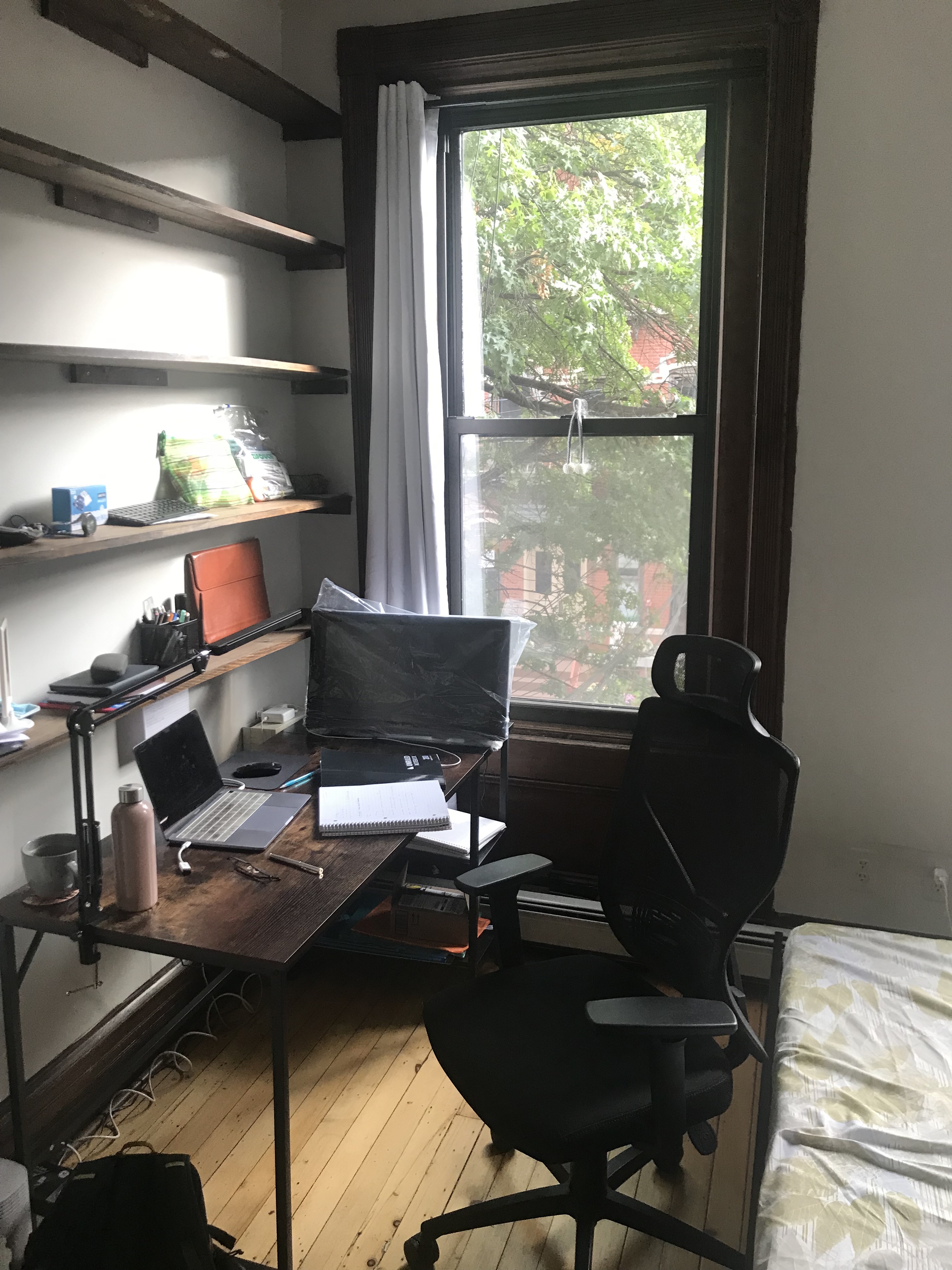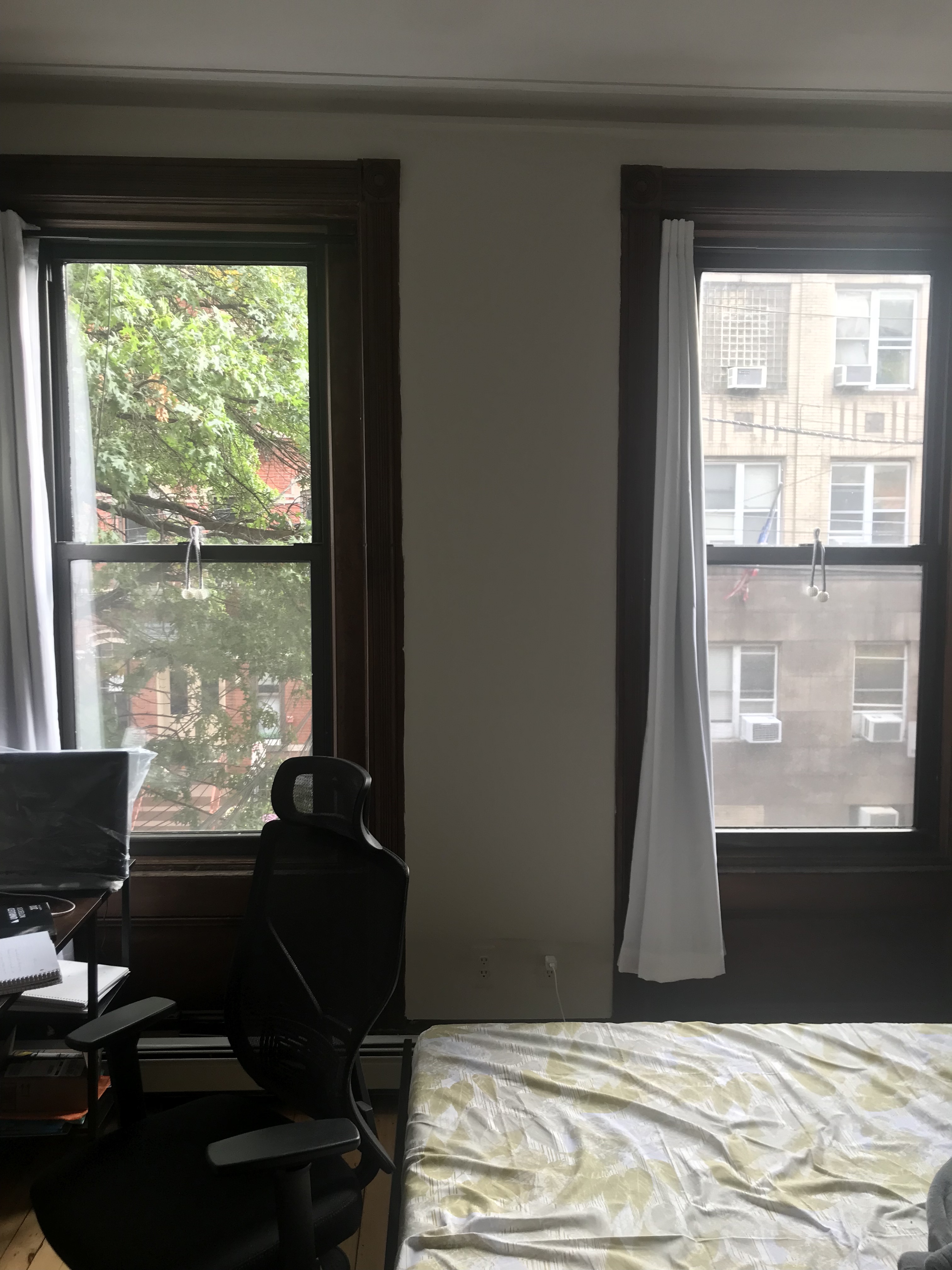Data Potrait
Description
This is the data visualisation for how many times I looked outside my window while working at my desk, during the past week. Since my window is right by my desk and looks to the street, there is a wide variety of reasons that cause me to look outside it. There is also a big beautiful tree right up the window and sunlight kind of streams through it. I wonder at times, whether having the window makes me an open-thinker or does it effectively only distract me.
How to read:
Each window represents one day in the week and carries data for that day in the form of little colored boxes. The colors of
the little squares stand for the reason I looked out the window. Read as follows:
Black - Police activity (yes, there's a police station right across my window)
Pink - Looking at some bird (or animal)
Purple - Driven by my nosey curiosity to know who's talking beneath / walking by our house
Yellow - Look at / gauge the day's weather
Red/Orange - Simply look out @nothing
If the box(data) appears in the upper half of the window, it means I looked out durring the daytime, and if the
data appears in the lower half of the window, it means it was nightime.
I've coded the visualisation in a modular fashion, so that it can create the representation for any data entry. Feel free to do so
in my code, at the top where data entry for each of the day is defined (code snippet-image below).
https://editor.p5js.org/srivb426/sketches/I4HmZonqq

Design Process
I started tracking my data from wednesday and started writing a modular code side by side that can represent the data according to the logic mentioned above in the description. This is the window in my room I'm talking about.


Reflection
This assignment was just as great an exercise for me in implementing modularity as in traversing arrays of Array Objects. It also cleared my concepts in mentally visualising the effects of rotate() vs translate() functions under a for-loop.
Credits
Sean's CC lab last friday helped clear most of my confusion with the topic of nested arrays. Going over a coding exercise in our lab class enabled me to implement this code.